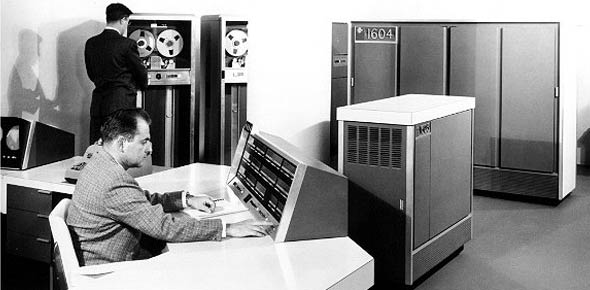(801) A gaseous nitrogen (N2) charge is added to a liquid fire...
(803) What characteristic of the fluid used in a liquid coolant system...
(803) In a liquid coolant system, what tells you that the liquid...
(808) Oxygen in its natural state is
(808) Supply and distribution tubing for aircraft oxygen systems is...
(801) In a liquid-agent fire extinguisher container, why is the...
(805) Why are multiplace liferaft cylinders wire-wound and...
(809) Which one of these is a disadvantage of a continuous-flow oxygen...
(812) How do you loosen a B-nut from a fitting on the tubing of an...
(805) To ensure that a multiplace liferaft will inflate in extremely...
(807) After recharging a liferaft inflation cylinder—but before...
(822) What is the minimum safe distance when servicing or maintenance...
During an inspection of a cryotainer, you find a faulty pressure gage....
(804) When maintaining a liquid coolant system, over-torquing clamps...
(813) On a gaseous oxygen servicing trailer, what does the purifier...
(802) A flashing red light on the fire emergency control T-handle...
(803) During initial start of a liquid coolant system, the controller...
(806) Liferaft inflation cylinders having an outside diameter of less...
(808) Which part of the body usually suffers first from the effects of...
(812) Which statement best describes the proper use of anti-seize tape...
7. (802) In the T-handle fire extinguishing system, the two-way check...
(808) What does the molecular sieve oxygen generating system (MSOGS)...
(818) Which reference contains procedures for cleaning oxygen...
(811) The minimum required clearance between oxygen system tubing and...
(821) While transferring liquid oxygen from an oxygen storage and...
(802) The purpose of a time delay relay that is used on some...
(803) How does a liquid coolant system keep electronic components...
(805) Releasing carbon dioxide (CO2) from a liferaft cylinder into a...
(809) Liquid oxygen converts to gaseous oxygen at an expansion ratio...
(813) An aircraft gaseous oxygen system must be purged only with
(803) What components control the temperature of the coolant in a...
(805) What component of a liferaft inflation cylinder assembly keeps...
(811) You should replace an oxygen mask-to-regulator connector if the...
(816) What control valve on an oxygen storage and transfer unit is...
(817) What action should you take after determining that a liquid...
(807) What is added to multiplace liferaft inflation cylinders to...
(812) To reduce vibration and prevent chafing of oxygen system tubing,...
(813) What is the maximum pressure of compressed air used for...
(802) BANK no. 2 in a two-shot liquid-agent fire extinguishing system...
(814) When performing a high-pressure gaseous oxygen leak test, what...
(806) How many pounds of carbon dioxide (CO2) does a fully charged...
(815) What type of test does an oxygen regulator field tester perform?
(803) What component of a liquid coolant system is positioned by the...
(809) Which oxygen system allows oxygen to flow automatically to the...
(809) If a leak develops in the inner shell of a liquid oxygen...
(809) When the cabin altitude of an aircraft reaches 30,000 feet, what...
39. (810) A liquid oxygen (LOX) system is continuously venting gaseous...
(813) The gaseous oxygen (GOX) cart pressure gauge must be replaced if...
(814) An oxygen regulator is considered to be leaking excessively if...
(820) The vacuum gage for a cryotainer is designed to read the...
(808) What valve decreases system pressure in a high-pressure oxygen...
(809) When the PBG/ON/OFF toggle of an oxygen system is placed in the...
(804) In a liquid coolant system, what is the purpose of purging the...
(816) If a leak develops in the inner tank of a TMU–27/M...
(808) In a high-pressure oxygen system, the tubing between the filler...
(822) The low pressure side of the nitrogen servicing unit can be...
(814) You are performing a leakage test of a low-pressure gaseous...
(819) You are purging a liquid oxygen (LOX) storage and transfer cart....
(819) After purging a liquid oxygen (LOX) storage and transfer cart,...
(820) The TMU–27/M oxygen storage and transfer cart is connected...
(814) What is the service test pressure for a low-pressure gaseous...
(809) In a liquid oxygen (LOX) system, what component has the ability...
(816) The transfer hose on a liquid oxygen (LOX) cart is made from...
37. (810) What happens when extended demand on a liquid oxygen (LOX)...
(822) The rupture disc on the nitrogen servicing unit will blow when...
(810) A liquid oxygen (LOX) system's pressure fails to stabilize at...
(802) When depressed, which switch on a T-handle fire extinguishing...
(811) What is the minimum required clearance between oxygen system...
















